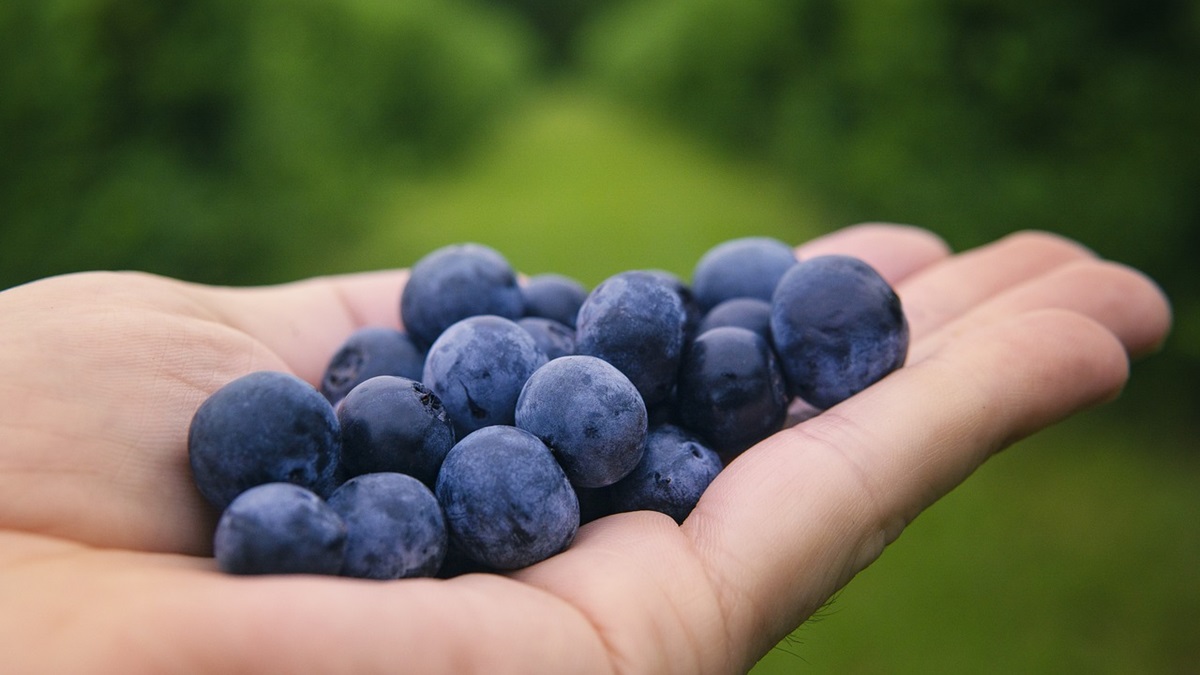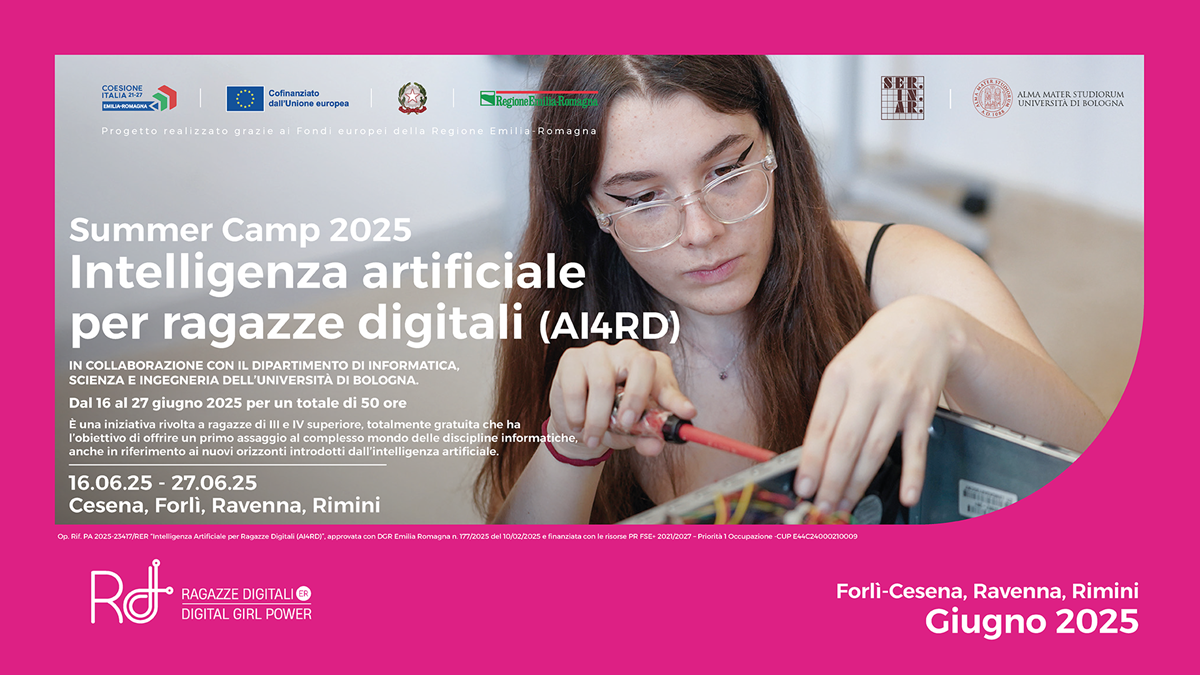

Unitec Group
Conditioning
How to Predict Blueberry Consumption Preferences
The study highlights how to combine objective parameters and individual preferences to define blueberry flavor, using UNITEC technologies to satisfy diverse tastes

During MACFRUT 2024, UNITEC organized a blueberry tasting to demonstrate how the combination of Brix degree and acidity range, along with proper ripeness and consistency of the product, is crucial to defining the "flavor" of a blueberry. From the results detailed below, it can be stated that consumers were able to significantly perceive differences in Brix degree, acidity, and consequently "flavor" among the different types of blueberries offered.
This confirms the importance of combining sweetness and acidity parameters, along with proper fruit ripeness and consistency, in defining the "flavor" of a blueberry. However, it is interesting to note that all types tasted had a group of consumers who preferred them over the others, demonstrating that there are no absolutely objective parameters that identify a "good" blueberry.
Thanks to UNITEC solutions, UNIQ Blueberry, and Blueberry Vision 3, it is now possible to detect these parameters and cross-reference them to classify blueberries based on "flavor," so that each consumer can be offered their preferred flavor, thus creating valuable market segments.
Materials and Methods
The tasting was conducted over the three days of the fair, held from May 8 to 10, 2024, in Rimini (Italy). The blueberries used on the first day were from Italy, while those on the second and third days were from Spain. On each day, the fruits were selected with an appropriate degree of ripeness and consistency using UNITEC Blueberry VISION 3 technology, and classified into the following categories using UNIQ BLUEBERRY technology:
- A: Low Brix and high acidity
- B: Low Brix and medium-low acidity
- C: Medium Brix and medium acidity
- D: High Brix and low acidity
During the test, visitors were first asked to taste four blueberries (one of each class, unidentified) to familiarize themselves with the different types and get used to the flavor of the blueberries. Next, they were asked to taste one blueberry of each class in the order A, B, C, D, interspersing the tastings with sips of water. Finally, regarding these four blueberries, they were asked to rate the perceived intensity of sweetness and acidity on a scale of 1 to 4, and to indicate their preferred type.
Technologies Used
Blueberry Vision 3 is an advanced technology for the classification of the external quality of blueberries, combining exceptional productivity, maximum classification reliability, and unprecedented efficiency and delicacy in handling the fruit. By examining the entire surface of each blueberry, this technology allows:
- Detection and classification of fruits according to external defects
- Evaluation and classification of fruits according to their degree of ripeness
- Determination and classification of fruits based on their consistency
On the other hand, UNIQ Blueberry is a specialized system for the classification of the internal quality of blueberries with high reliability, completely preserving the integrity of each fruit. It responds to the growing demand to combine aesthetic appeal with qualitative goodness, thus offering blueberries that not only meet visual standards but are also classified according to the parameters defining consumer flavor preferences. The analysis of each fruit with this technology allows:
- Measurement of the fruit's soluble solids content (°Brix)
- Evaluation of the fruit's acidity percentage
Results and Discussion
Over the three days of the fair, 180 visitors of various profiles participated in the test (51% women and 49% men), distributed into age groups (<18-40 years: 58%, 41-60 years: 32%, and 61-80 years: 11%) and nationalities (87% Italians and 13% from other nationalities).
The average perceived intensities for each type of blueberry were as follows:
- Type A: With low Brix and high acidity, the average sweetness intensity was 1.7, and acidity was 2.8.
- Type B: With low Brix and medium-low acidity, the average sweetness intensity was 2.6, and acidity was 1.8.
- Type C: With medium Brix and medium acidity, the average sweetness intensity was 2.5, and acidity was 2.1.
- Type D: With high Brix and low acidity, the average sweetness intensity was 3.2, and acidity was 1.5.
The preferred type was D (high Brix and low acidity), with 46% approval, followed by B (low Brix and medium-low acidity) with 22%, C (medium Brix and medium acidity) with 19%, and finally A (low Brix and high acidity) with 13%.
The collected data show no significant differences in responses provided over the three days, nor among different genders, age groups, or nationalities, despite using blueberries of various varieties and regions of production for the test.
The results reveal that the perceived intensities for types A, C, and D correspond to the expected characteristics of blueberry classes classified by UNIQ Blueberry technology in terms of Brix degree and acidity. Specifically, for type A, the lowest sweetness intensity and highest acidity intensity were perceived; for type C, medium intensities of both sweetness and acidity were perceived; and for type D, the highest sweetness intensity and lowest acidity were perceived.
However, this correlation was not observed for type B. Despite having a low Brix similar to type A but with medium-low acidity, a high sweetness intensity was perceived. This discrepancy between expected and perceived sweetness highlights the importance of the combination of Brix degree and acidity in defining flavor. Consequently, even if a blueberry's sugar content is relatively low, a well-balanced acidity can enhance the perception of sweetness, thus offering a more robust and satisfying flavor profile for the consumer.
The data also demonstrate that the most appreciated type by Macfrut visitors was the sweetest. However, types B, C, and A also received significant recognition from a relevant group of visitors, indicating that although there are objective parameters to define a "good" blueberry, the perception of what is "good" can vary among different consumers.
Conclusions
-
Flavor Perception in Blueberries: The tasting conducted during MACFRUT 2024 demonstrates that the combination of Brix degree and acidity, along with proper ripeness and consistency of the blueberry, significantly influences consumers' perception of flavor. The results confirmed that the differences in sweetness and acidity among the presented blueberries were perceptible to the participants.
-
Consumer Preferences: The type of blueberry preferred by most consumers was the one with high Brix and low acidity (Type D). However, it was also observed that other types of blueberries (Types B and C) had notable acceptance among certain consumer segments. This highlights that there is no universally accepted flavor profile, and preferences can vary among different consumers.
-
Importance of Parameter Combination: The results indicate that despite the expected perception in terms of sweetness and acidity, the specific combination of these parameters plays a crucial role in defining the flavor profile. Type B, which had low Brix and medium-low acidity, showed a high perceived sweetness, suggesting that well-balanced acidity can enhance sweetness and offer a more satisfying flavor.
-
Preference Variability: Although general trends in flavor preferences were identified, the data also showed that all types of blueberries had a group of consumers who preferred them over others. This evidences the lack of an absolute objective criterion to determine a "good" blueberry and suggests that individual preferences play a significant role in flavor evaluation.
-
Relevance of UNITEC Technologies: UNITEC technologies, such as UNIQ Blueberry and Blueberry Vision 3, have proven to be effective tools for classifying blueberries based on their flavor parameters. These technologies allow precise classification based on Brix degree, acidity, ripeness, and consistency, facilitating the offering of products that align with individual consumer preferences and creating valuable market segments.
-
Market Implications: The ability to classify and segment blueberries based on their flavor characteristics, thanks to UNITEC solutions, offers an opportunity to customize product offerings and enhance consumer satisfaction. This approach can foster greater loyalty and allow better adaptation to market preferences.
In summary, the study underscores the importance of combining objective parameters to define blueberry flavor and highlights the impact of individual preferences on product perception. Advanced UNITEC technologies play a crucial role in identifying and offering blueberries that satisfy diverse consumer preferences.
This article is an adaptation of the original article: "Scegliere il buono e bello senza assaggiare?" published in Italia Fruit News. There you will find more information and various figures obtained during the study











